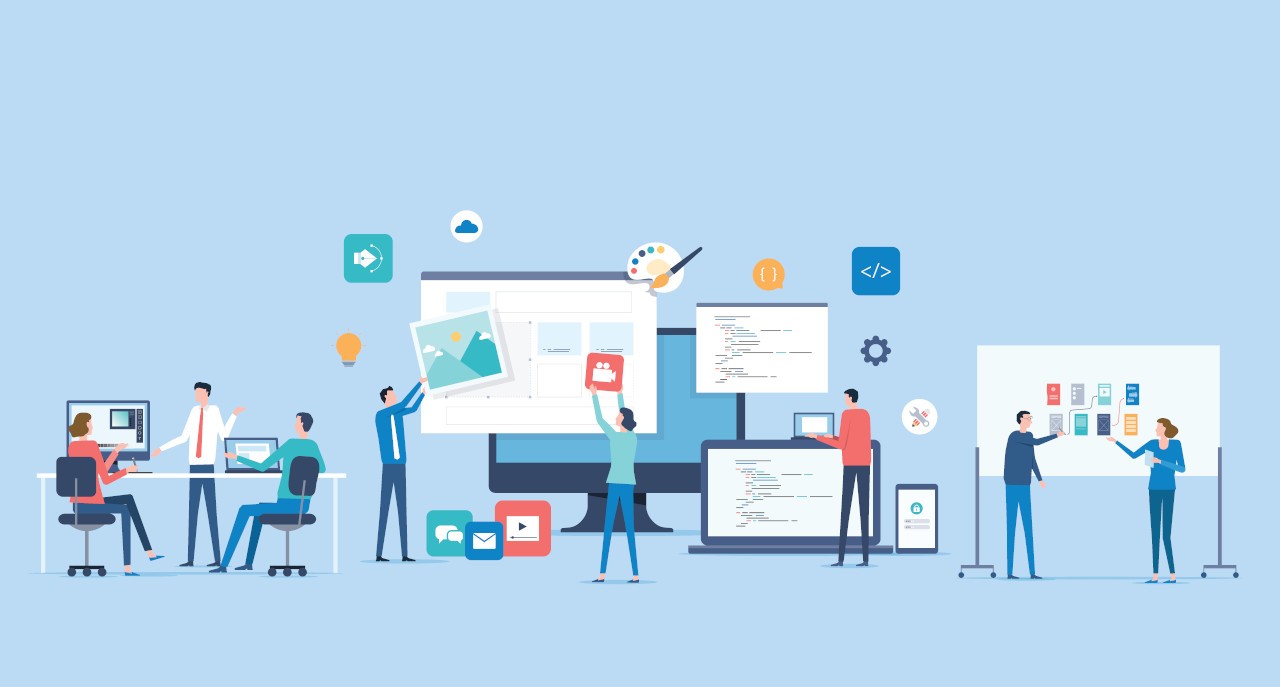
After months—or even years—of cost containment, restructuring, and headcount reductions, many organizations are emerging from defensive postures and turning their attention to growth. However, rebuilding the workforce is not simply a matter of replacing what was lost. The landscape has changed: customer expectations have evolved, digital capabilities have accelerated, and competition for skilled talent is fiercer than ever.
To navigate this new terrain, companies need a different playbook—one that focuses on strategic workforce planning to align talent with the future direction of the business. This isn’t about a one-for-one rehiring exercise. It’s about designing a workforce that is future-fit, resilient, and equipped to power the next wave of growth.
From Retrenchment to Renewal: A Strategic Inflection Point
he aftermath of workforce reductions often reveals hidden fault lines—capability gaps, disrupted teams, diluted culture, and inconsistent performance. While cost-cutting may have been necessary to stabilize the business, it typically leaves organizations lean but not optimized.
This is a pivotal moment. Companies now have a rare opportunity to reshape their workforce architecture with intentionality. Rather than reverting to legacy roles and structures, forward-looking organizations are asking: What should our workforce look like to deliver on our future business strategy?
This strategic inflection point calls for deliberate decision-making across multiple dimensions:
What critical capabilities must be built or acquired to execute on strategic goals such as digital transformation, customer intimacy, or geographic expansion?
Which legacy roles or functions no longer align with the business model?
How do we leverage automation, third-party partnerships, and contingent labor to build flexibility and scalability into the workforce?
Leaders who treat this as a transformational opportunity—rather than a transactional recovery—will gain a competitive edge in both performance and agility.
Building a Strategic Workforce Plan: A Target Operating Model Approach
Rebuilding requires more than tactical recruitment. It calls for an integrated, cross-functional approach anchored in a Target Operating Model (TOM) that defines how the organization will create value in the future. This model can be used to guide workforce design across four critical levers:
Structure
Organizations should revisit their structural blueprint to ensure it reflects evolving priorities. Traditional hierarchies may need to give way to flatter, more agile networks that support faster decision-making and cross-functional collaboration. Growth-focused teams—such as customer experience, innovation, or digital—should be prioritized and resourced accordingly.People & Skills
A robust skills inventory is foundational. Organizations must assess current workforce capabilities and identify gaps relative to future-state needs. In many cases, the emphasis will shift from functional expertise to cross-cutting capabilities like data literacy, digital fluency, innovation mindset, and change leadership. Strategic workforce planning tools such as capability heatmaps, skills adjacencies, and role criticality frameworks can help prioritize reskilling and upskilling investments.Processes
Streamlining and standardizing workflows is essential to unlocking productivity and reducing friction. Manual, siloed processes should be redesigned for digital enablement and end-to-end visibility. This often requires redefining roles, clarifying accountability, and simplifying decision rights—key elements that drive both efficiency and employee empowerment.Technology & Tools
The modern workforce must be digitally enabled. This means investing in platforms that support collaboration, analytics, automation, and continuous learning. Equally important is the need for strong change management to drive adoption and ensure that technology is an enabler, not a barrier.
Leading organizations leverage scenario modeling to assess future talent needs under different growth strategies (e.g., organic expansion, M&A, digital pivot), allowing them to make workforce decisions with greater precision and confidence.
Case in Point: Rebuilding with Purpose
A global consumer goods company—reeling from pandemic-related disruptions—implemented a 15% headcount reduction across its operations and corporate functions. But as consumer demand rebounded, the company recognized that a traditional rehiring approach wouldn’t suffice. Instead, they used the opportunity to re-architect their workforce around the capabilities needed for future growth.
They launched a strategic workforce planning initiative focused on:
Digital enablement: Investing in training programs to build data analytics capabilities across supply chain and marketing teams.
Agile team structures: Transitioning core innovation teams to agile pods, accelerating product development cycles and cross-functional collaboration.
Selective hiring: Rather than refilling every role, the company prioritized high-impact hires in digital commerce, customer experience, and sustainability.
The results were compelling. Within 12 months, the company achieved a 9% increase in productivity, shortened its product launch timeline by 25%, and reported higher employee engagement scores—clear indicators of a workforce designed for performance and adaptability.
Aligning Talent Strategy with Business Objectives
Strategic workforce planning must be tightly integrated with broader business strategy. Too often, workforce decisions are made in isolation—based on budget constraints, near-term needs, or reactive pressures. To truly drive growth, organizations must treat talent as a core strategic enabler of their business objectives.
Here are three critical imperatives for executive teams:
Embed HR in strategic planning processes. HR should be a full partner in defining how organizational goals translate into workforce requirements. This enables earlier identification of skill gaps, succession risks, and hiring needs—allowing the business to plan proactively rather than reactively.
Adopt a skills-based talent model. Move beyond traditional job descriptions toward a skills-first approach. This allows for greater agility in workforce deployment, enhances internal mobility, and reduces the time-to-fill for critical roles. Platforms that map internal talent by skill proficiency can help match people to projects more dynamically.
Measure what matters. Talent investments must be linked to business outcomes. Establish clear KPIs such as revenue per employee, time-to-productivity for new hires, internal mobility rates, and innovation throughput. These metrics create visibility, accountability, and a basis for continuous improvement.
In a post-restructuring environment, talent is not just a resource—it is a lever for transformation. Organizations that align their workforce strategy with business priorities will not only rebound—they will leap ahead.
Conclusion
Strategic workforce planning is not an HR initiative—it is a business imperative. In the wake of cost-cutting and structural change, companies face a rare chance to rebuild smarter, leaner, and more resilient. By taking a strategic, data-driven approach to workforce design—grounded in business objectives—leaders can unlock new levels of agility, performance, and growth.
The challenge is clear. So is the opportunity. The organizations that seize this moment to align talent strategy with their future vision will be the ones that truly build back stronger.










